August 2018
-
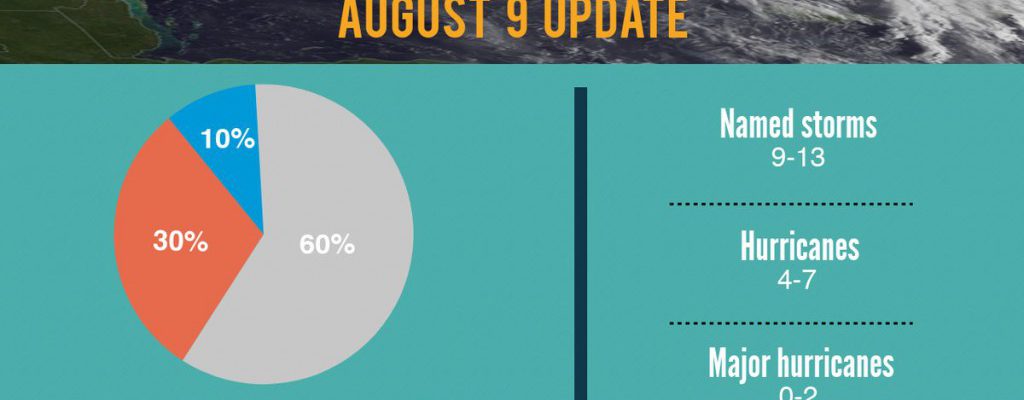
Earlier this week NOAA lowered their seasonal forecast for the Atlantic basin based on the persistence of dust coming off of Africa, which is contributing to lower ocean temperatures in the main development area, and due to the growth of the impending El Niño, which tends to increase the strength of the subtropical jet. Both…
-
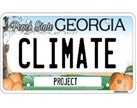
This week’s question from the Georgia Climate Project’s Roadmap focuses on how we can leverage natural systems to help protect Georgia’s coastline and important infrastructure. For example, by rebuilding natural wetlands we may be able to protect against some of the likely increased flooding scientists expect us to experience in the future. Maintaining the string…
-
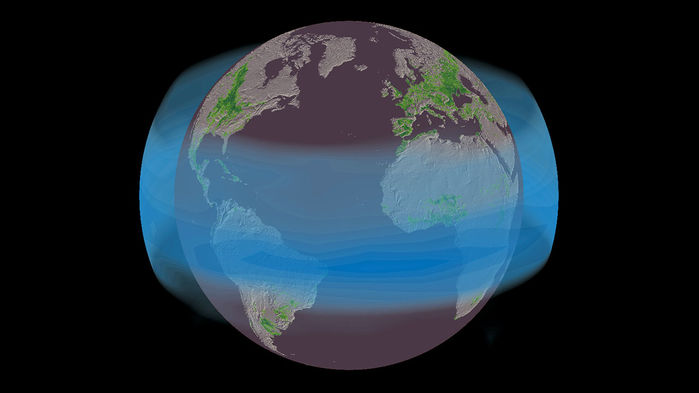
Projections of future climate indicate that global temperatures are likely to get a lot warmer by 2100. If this occurs, we will need to determine ways to counteract the warming. Geoengineering is the process of making changes to the earth to keep the earth from warming as much as we expect. These techniques could include…
-
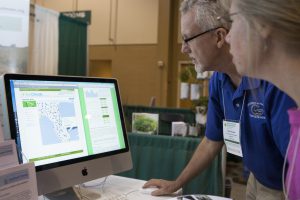
Last week I shared a link to an online course about the weather from the University of Exeter. Today I would like to point you to a list of additional resources put together by Dennis Mercereau in Forbes.com. Even though this is not an exhaustive list of resources, the ones it does provide give a…
-

The weather this year has not been good to lemon growers, resulting in near-record high prices this summer. The weather in California has been very hot and dry, leading to reductions in production of lemons and Valencia oranges. The weather in Mexico and Chile, two other growing areas, has also impacted lemon supplies. People are…
-
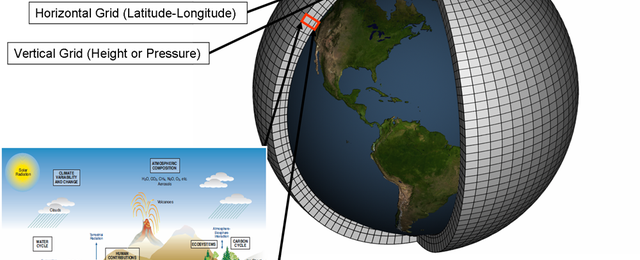
Time magazine has a really interesting long-form story this week about a new weather model that is being developed at the Geophysical Fluid Dynamics Laboratory in Princeton NJ which could significantly improve weather forecasting on the time period of a week or more. Having better long-range predictions could help people who have weather-sensitive industries plan…
-
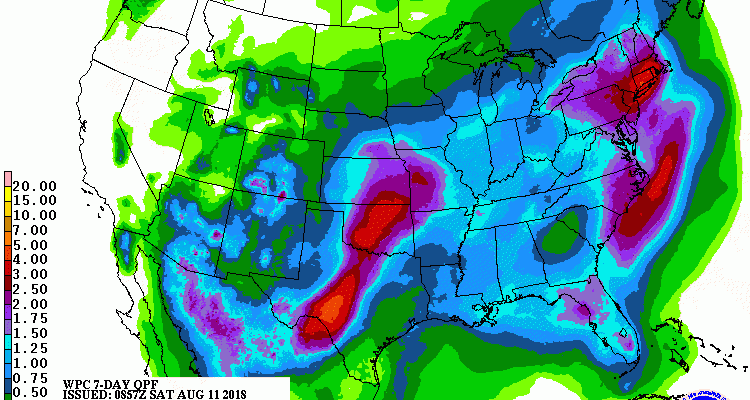
The latest 7-day QPF map for the Southeast shows that most areas should get near-normal amounts of rainfall this week. Most of the rain will fall as hit-or-miss convective storms. The heaviest amounts will fall in coastal areas of the Carolinas and Virginia. The lightest area will be in northern Georgia and western South Carolina.…
Posted in: Climate outlooks